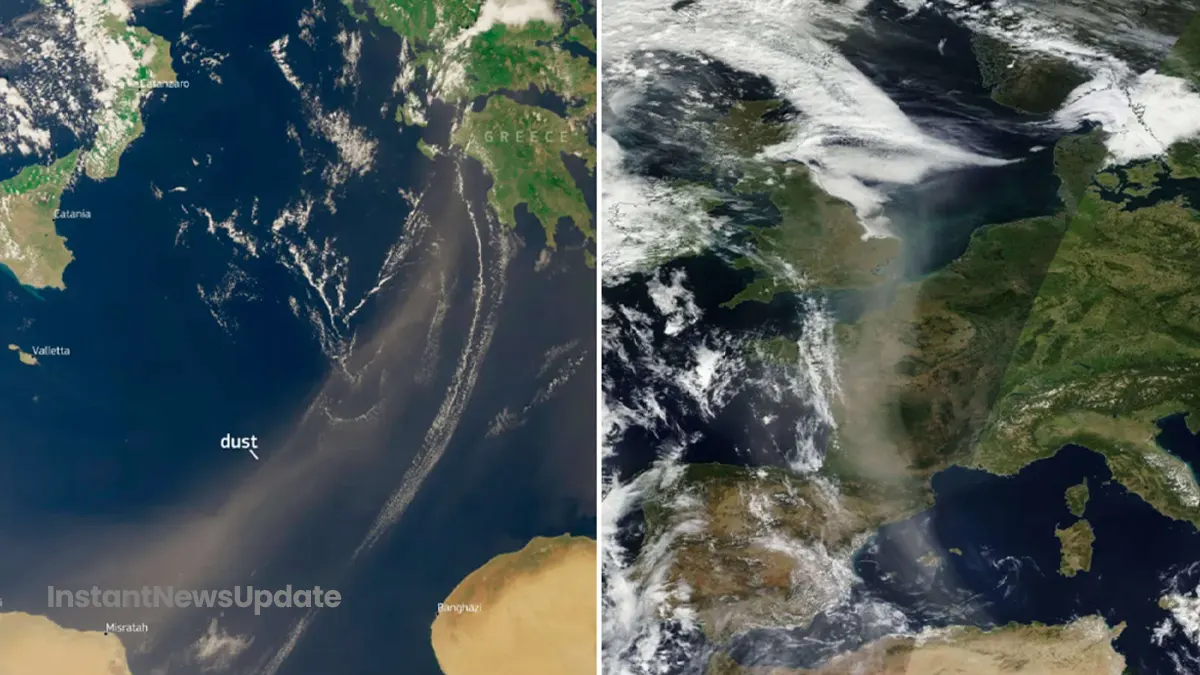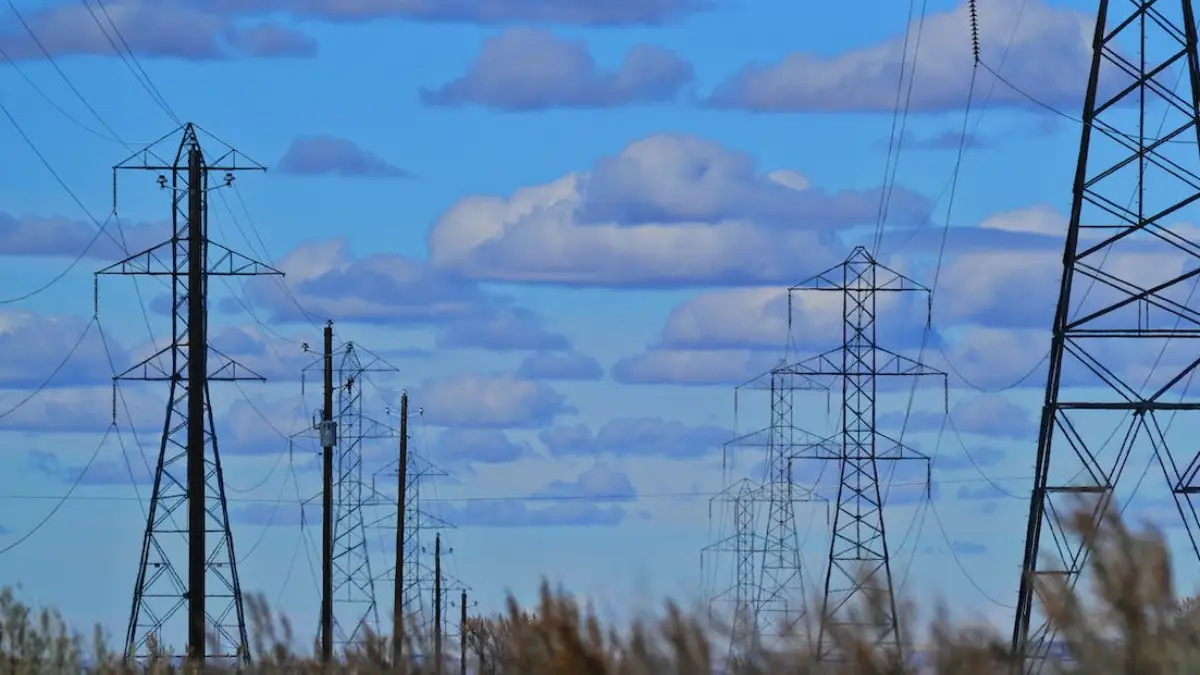Introduction:
A massive Sahara dust cloud is making its presence felt across the United Kingdom this week, painting the skies with mesmerizing sunsets. However, as picturesque as it may seem, this natural phenomenon carries a potential health risk for individuals with asthma and respiratory conditions.
NASA’s Earth Observation:
The Earth Observing System Data and Information System (EOSDIS) operated by NASA has captured remarkable visuals of this Sahara dust cloud as it journeys across Europe and eventually reaches the UK. These awe-inspiring images were taken on Wednesday, September 6, offering an almost real-time snapshot of our planet.
Understanding the Phenomenon:
The Met Office, a leading authority on weather and atmospheric conditions, sheds light on the mechanics behind this extraordinary event. Sahara dust comprises a blend of sand and particles from the expansive Sahara Desert, covering the majority of North Africa. The powerful desert winds have the capacity to lift these particles high into the atmosphere.
When prevailing upper-atmosphere winds blow in a northward direction, they can carry this dust as far as the UK, leading to the remarkable sights we’re witnessing.
Health Concerns for Asthma Patients:
While the visual spectacle of sunsets under the influence of Sahara dust is captivating, it poses a significant health risk for individuals, particularly those with asthma and lung conditions. Dr. Andy Whittamore, clinical lead at the charity Asthma + Lung UK, issues a critical warning:
“People with lung diseases like asthma may be in considerable danger from saharan dust. People with lung diseases are widely recognized to be triggered by dust and other forms of air pollution.”
Precautions Advised:
Dr. Whittamore advises individuals at risk to take precautionary measures, including staying indoors whenever possible while the dust levels remain high. He emphasizes the importance of adhering to prescribed preventive or maintenance inhalers on a daily basis, even when symptoms are absent. Additionally, having a reliever or rescue inhaler on hand is vital for quick response in case of worsening symptoms.
Conclusion:
As the Sahara dust cloud continues to sweep across the UK, its impact on both the environment and public health remains a topic of concern. While it paints stunning sunsets, the health of individuals with respiratory conditions must take precedence, with recommended precautions followed diligently.
.









